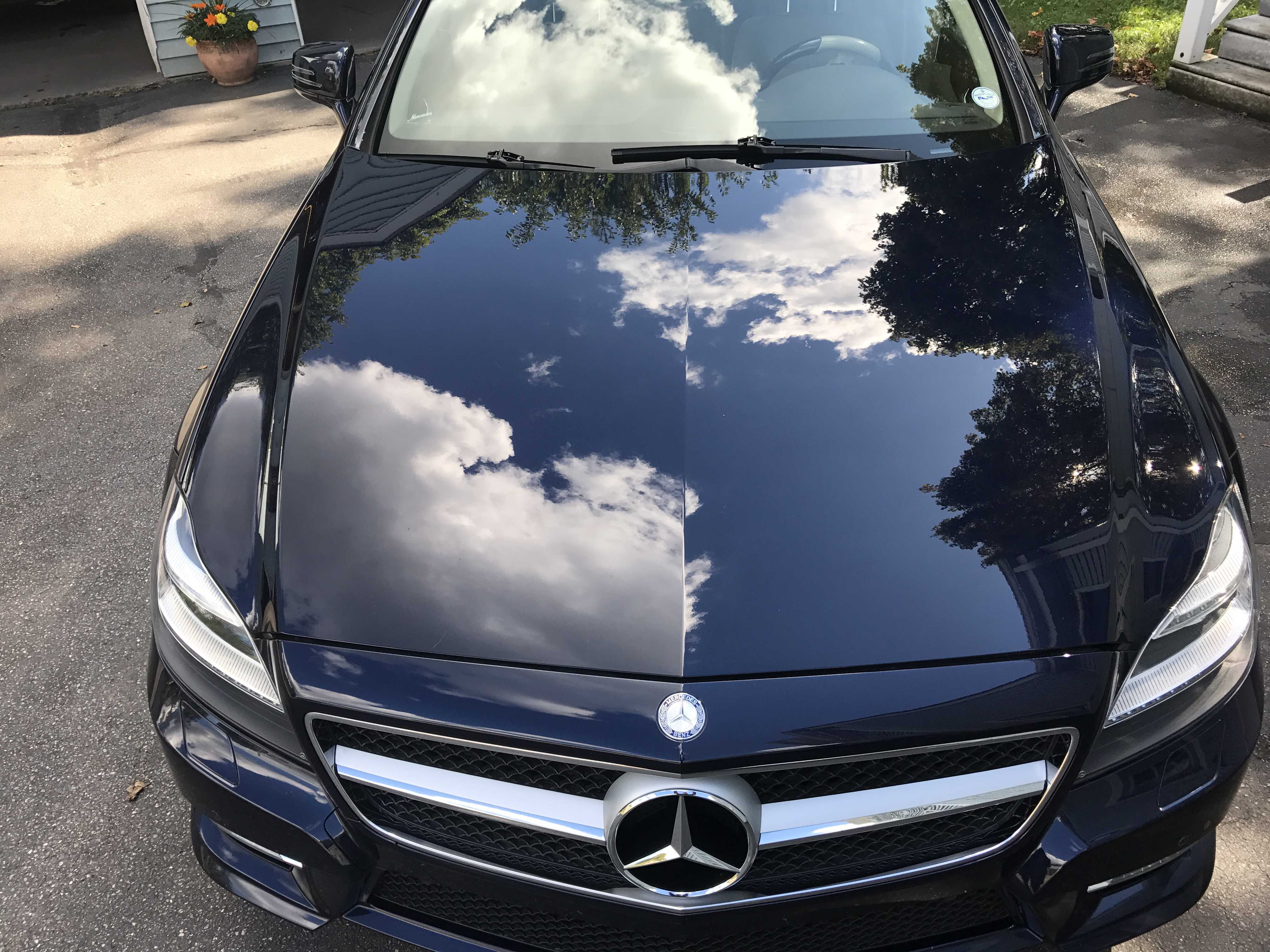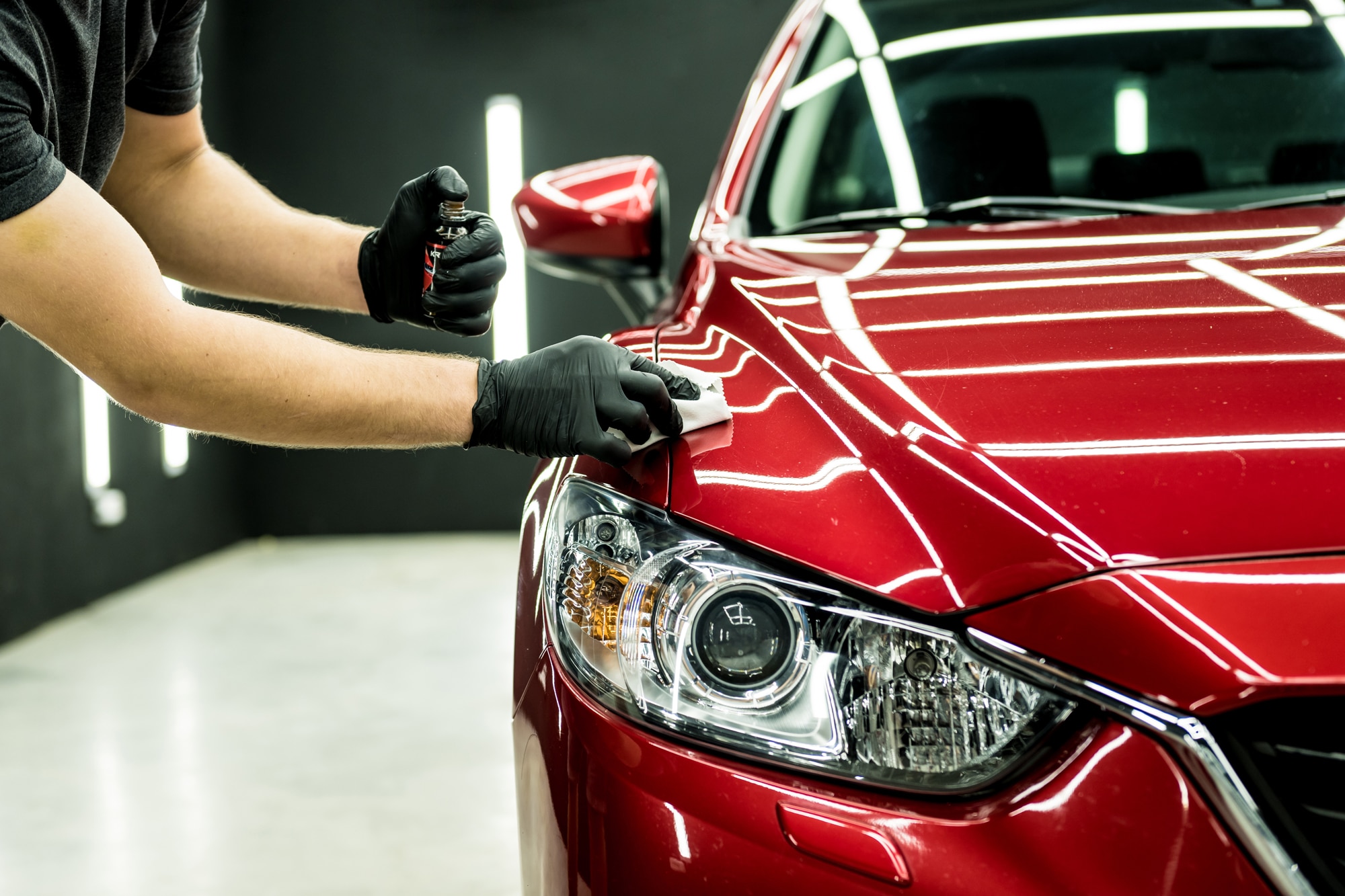Advanced Technology Behind Ceramic Coating Philadelphia for Ultimate Security
Advanced Technology Behind Ceramic Coating Philadelphia for Ultimate Security
Blog Article
Why Ceramic Finishing Is the Ultimate Remedy for a Flawless Complete
Ceramic covering has emerged as a leading solution for those looking for a flawless coating for their lorries, many thanks to its exceptional durability and safety features. What factors really set ceramic covering apart?
What Is Ceramic Finishing?

When used correctly, ceramic finishing develops a hydrophobic surface that wards off water and dirt, making it less complicated to maintain and clean. Unlike conventional waxes or sealants, which generally use short-term protection, ceramic layers can last for a number of years, relying on the product quality and application technique. The process of using ceramic layer needs meticulous prep work, including detailed cleansing and often repaint adjustment, to guarantee ideal bonding and effectiveness.
Ceramic finishings are not restricted to vehicle surfaces; they can additionally be made use of on numerous materials, including glass, steel, and plastics, providing a functional solution for boosting security. On the whole, ceramic layer stands for a considerable improvement in surface area defense technology, integrating both visual and practical benefits for a wide range of applications.
Advantages of Ceramic Layer
While many surface protection alternatives exist, the benefits of ceramic coating attract attention because of its one-of-a-kind residential properties and resilient efficiency. Among the main benefits is its remarkable longevity. Ceramic Coating Philadelphia. Unlike traditional wax or sealers that call for constant reapplication, ceramic coverings give a resistant layer that can last for several years, dramatically lowering maintenance efforts
An additional significant advantage is improved security against ecological impurities. Ceramic layers create a hydrophobic surface area that wards off water, dirt, and various toxins, making it less complicated to clean. This attribute not only protects the automobile's look however also lessens the risk of rust and oxidation, specifically in harsh weather.
Additionally, ceramic coatings supply premium resistance to UV rays, stopping fading and degradation of paint with time. This UV protection is crucial for maintaining the aesthetic value of surfaces and lorries exposed to direct sunlight.
Furthermore, the glossy surface achieved with ceramic covering enhances the total visual allure, giving surface areas a showroom-quality luster. Overall, ceramic layers stand for a substantial innovation in surface area security modern technology, supplying enduring advantages that accommodate both practical and aesthetic needs.
Just How It Works
Comprehending the scientific research behind ceramic coverings discloses just how they give such remarkable defense and longevity. At its core, a ceramic layer is a fluid polymer that chemically bonds with the car's manufacturing facility paint.
The application procedure involves numerous actions, including surface area preparation, which is crucial to attaining optimum attachment. When applied, the finish goes through a healing procedure, during which it hardens and forms a semi-permanent bond with the paint surface. This bond is what differentiates ceramic coverings from conventional waxes and sealers, giving a longer-lasting protective barrier that can sustain for years.
In addition, the density of the finish can boost its protective top qualities, ensuring that it can withstand severe conditions. Ultimately, the science of ceramic coatings combines innovative products with innovative application strategies to deliver an exceptional level of defense and visual improvement for cars.
Contrast With Typical Methods
When contrasted to conventional paint protection techniques such as waxes and sealants,The benefits of ceramic finishes become specifically obvious. While waxes offer a momentary luster, generally lasting a few weeks to a pair of months, ceramic coverings offer a lasting protective layer that can sustain for numerous years. This toughness dramatically lowers the regularity of reapplication, making ceramic layers a much more affordable service gradually.
Additionally, typical methods commonly require substantial prep work and several applications to attain a sufficient level of security. In comparison, ceramic finishes bond at a molecular level with the automobile's surface, creating a robust shield against environmental impurities like UV rays, acid rainfall, and road salts. This bond boosts the vehicle's resistance to scrapes and swirl marks, which prevail with traditional waxes and sealers.
Moreover, the hydrophobic buildings of ceramic coatings push back water and dust, bring about much easier cleaning and maintenance. In comparison, wax and sealant-treated surface areas can draw in grime, requiring even more frequent cleaning - Ceramic Coating Philadelphia. On the whole, ceramic coatings not just give exceptional defense yet additionally provide a more aesthetically enticing and long-lasting coating, establishing them as the preferred option for critical vehicle proprietors
Application and Upkeep Tips

Utilizing a foam applicator, apply the covering in small areas, adhering to the maker's standards relating to density and overlap. Permit sufficient curing time in between coats, normally 24-hour, to guarantee proper bonding. After application, it is important to stay clear of direct exposure to water or harsh aspects for at the very least a week to permit the coating to totally cure.
Additionally, utilizing a ceramic maintenance spray can enhance the finishing's hydrophobic homes and durability. Regular examinations for any kind of signs of wear will help preserve the covering's honesty and preserve that pristine surface.
Final Thought
Finally, ceramic coating arises as a remarkable choice for attaining a remarkable automobile finish. Its outstanding sturdiness, protective top qualities, and hydrophobic residential properties substantially enhance the vehicle's look while simplifying upkeep efforts. By forming a durable bond with manufacturing facility paint, ceramic coating successfully shields versus scrapes, UV rays, and environmental impurities. With a lifespan extending numerous years, this sophisticated service not just maintains however likewise elevates the general aesthetic charm of lorries, making it a cost-effective investment for vehicle fanatics.

Report this page